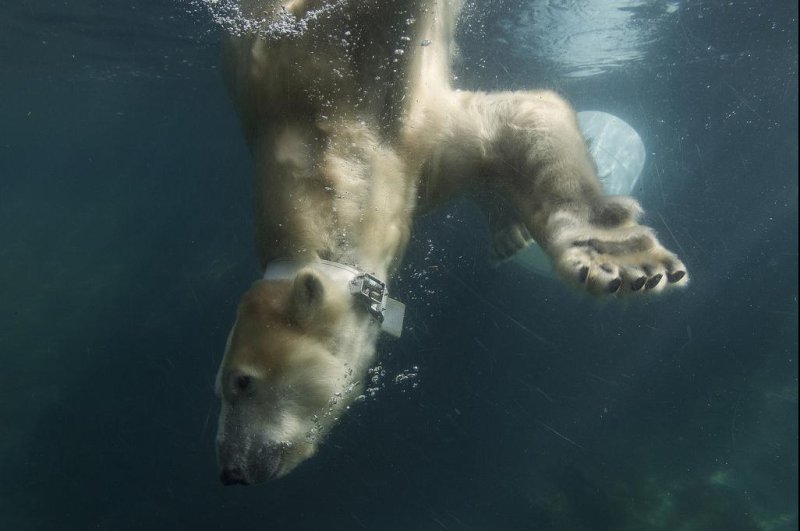SAN DIEGO, April 20 (UPI) -- Polar bears rely on sea ice -- using it as a place to rest and hunt. Unfortunately, there seems to be less and less of it every year.
Scientists with the University of Alberta, Climate Change Canada and the Zoological Society of San Diego tracked the movements of polar bears in the Beaufort Sea and Hudson Bay. The data suggests the predators tend to swim greater distances as ice disappears.















